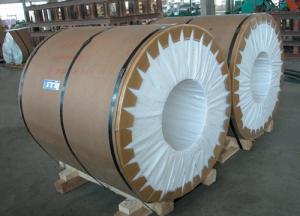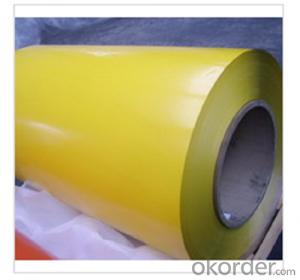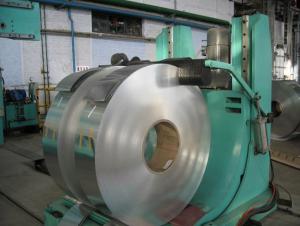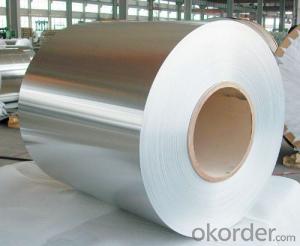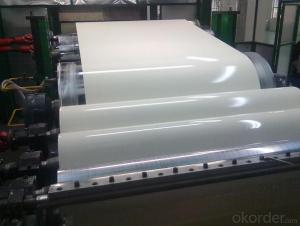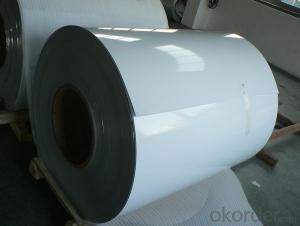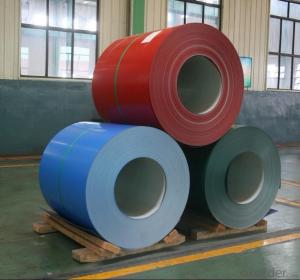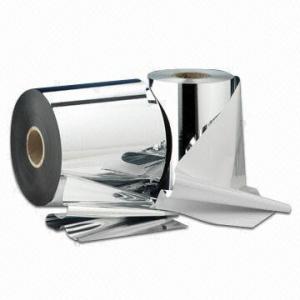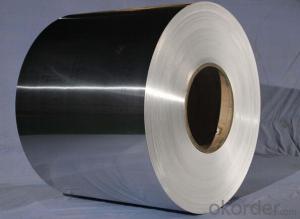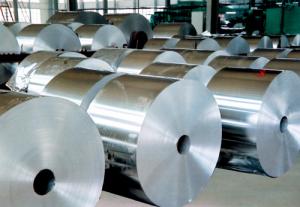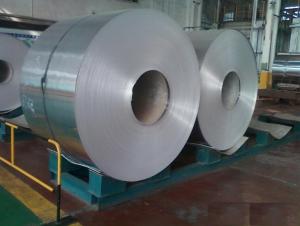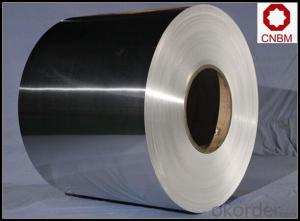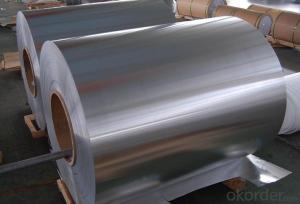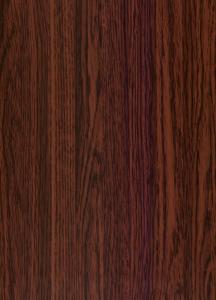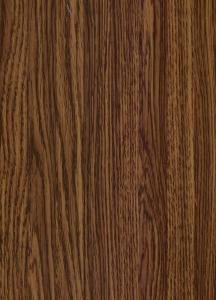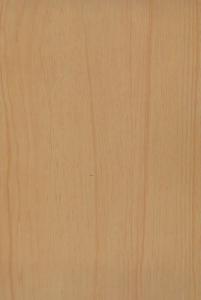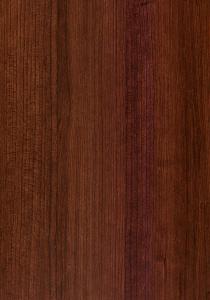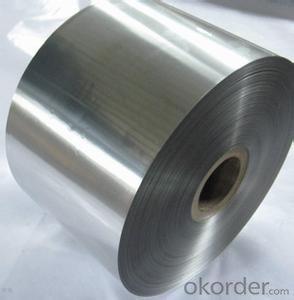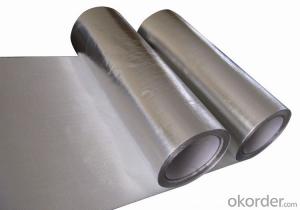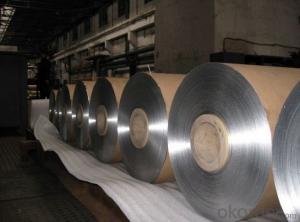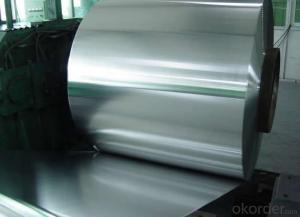Aluminum Trim Coil Stock
Aluminum Trim Coil Stock Related Searches
Aluminum Trim Stock Aluminum Siding Coil Stock Coil Aluminum Stock Anodized Aluminum Coil Stock Aluminum Gutter Coil Stock Black Aluminum Coil Stock Alcoa Aluminum Coil Stock Vinyl Coated Aluminum Coil Stock Aluminum Coil Stock For Sale Colored Aluminum Coil Stock Trim Coil Aluminum Painted Aluminum Coil Stock White Aluminum Coil Stock Wood Grain Aluminum Coil Stock Alcoa Aluminum Trim Coil Aluminum Coil Stock Prices Pvc Coated Aluminum Coil Stock Aluminum Coil Stock Thickness Aluminum Coil Stock Lowe's Aluminum Coil Stock Brake 032 Aluminum Coil Stock 040 Aluminum Coil Stock Brown Aluminum Coil Stock 027 Aluminum Coil Stock Aluminum Foil Stock Aluminum Trim Coil Roll Rollex Aluminum Coil Stock Coil Stock Aluminum Aluminum Rod Stock Aluminum Trim Coil SuppliersAluminum Trim Coil Stock Supplier & Manufacturer from China
Aluminum Trim Coil Stock is a versatile product that consists of aluminum coils specifically designed for trim and decorative purposes. These coils are widely used in various construction and renovation projects, offering a sleek and modern aesthetic to both commercial and residential spaces. They are commonly applied in areas such as window and door frames, wall paneling, and ceiling installations, making them an essential component in the architectural industry. Okorder.com is a reputable wholesale supplier of Aluminum Trim Coil Stock, boasting a vast inventory that caters to the diverse needs of clients across different sectors. By offering a comprehensive range of aluminum trim coil products, Okorder.com ensures that customers have access to high-quality materials for their specific projects.Hot Products

